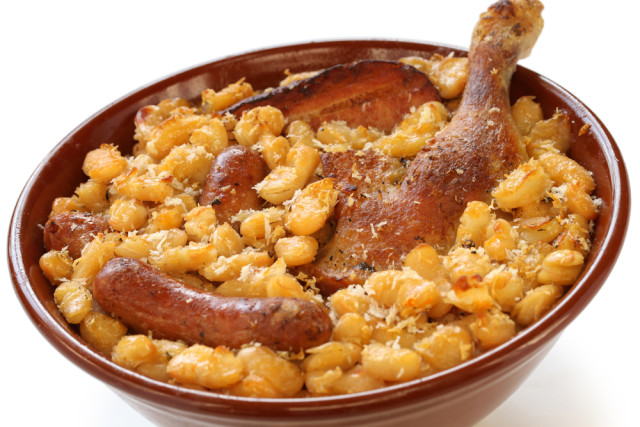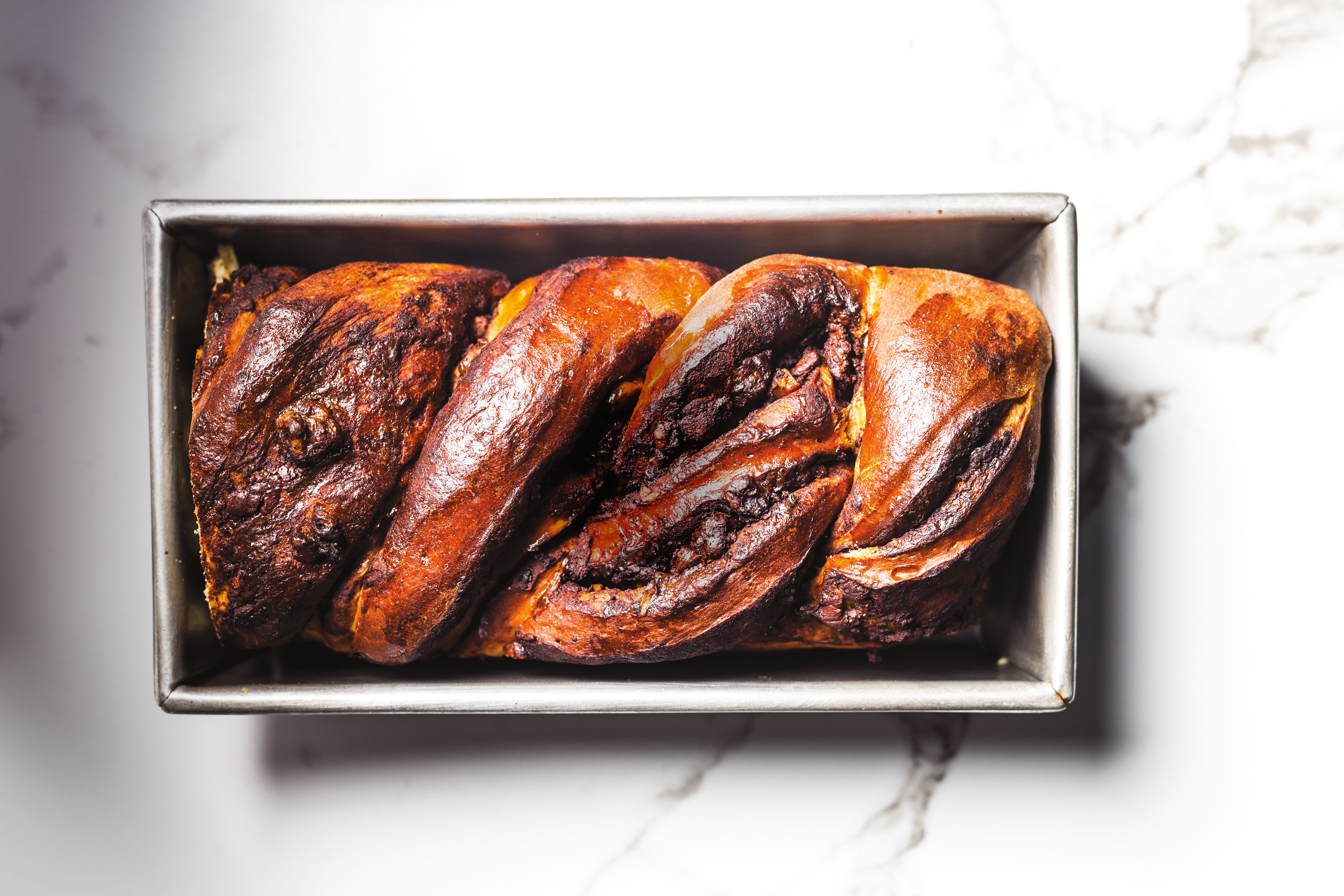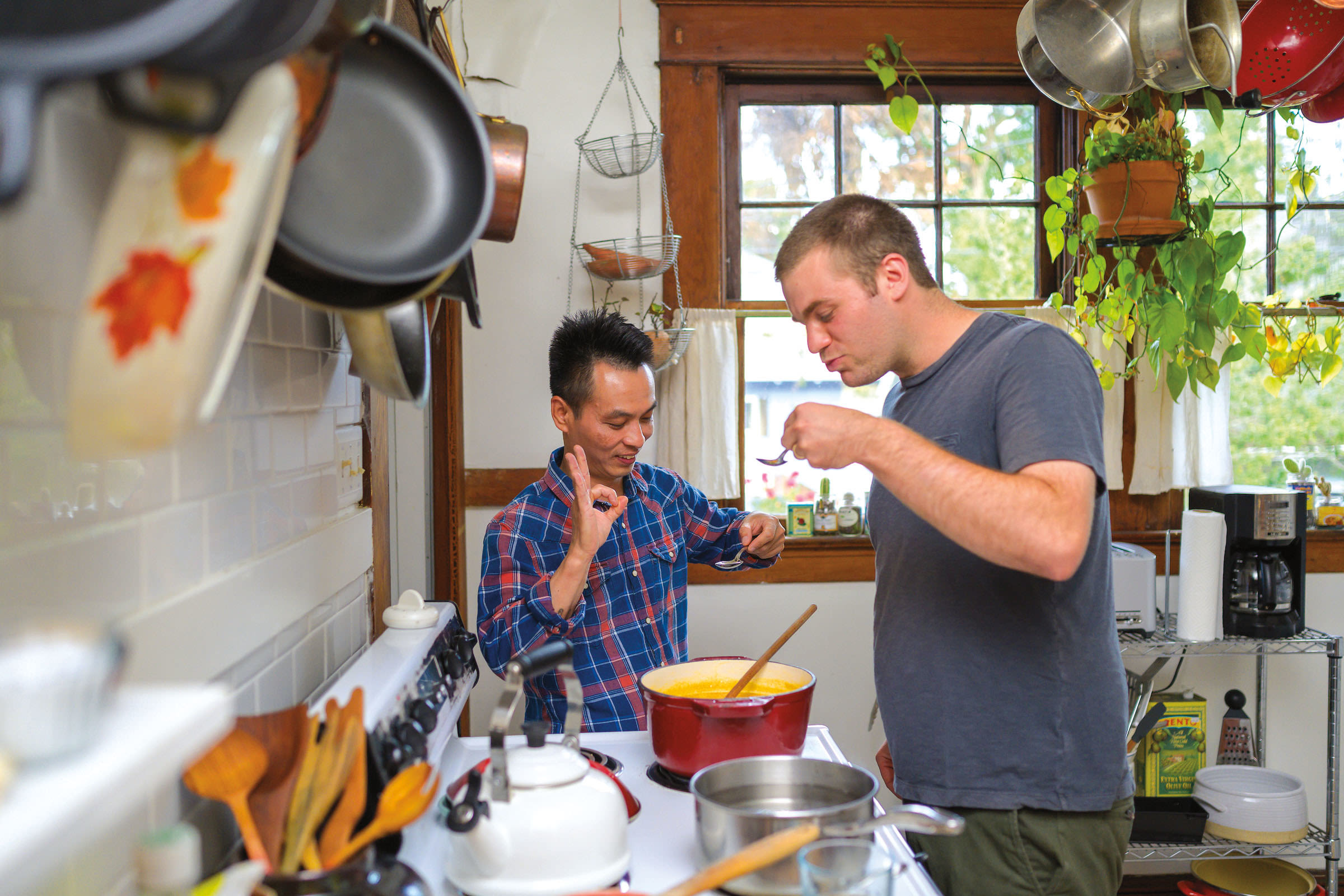Brassy Cassoulet

Image: Shutterstock
If there ever were a dish concocted to make your heart hiccup, cassoulet is it. Hailing from the Languedoc-Roussillon region of southwestern France, cassoulet makes cardiologists cringe and gastronomes moan: a casserole of garlicky beans buried beneath a mountain of pork, duck, sausages and buttery breadcrumbs, baked slow and low until the flavors have married into a sinfully fat-rich feast.
While the dish is largely considered a French national treasure, cassoulet has somewhat fuzzy origins. Some historians trace its roots to an Arabian stew of fava beans and lamb; others believe it is a Gallic original dating to the 14th or 15th century. In either case, the name is derived from cassole, the shallow, earthenware vessel in which it is traditionally prepared.
Perhaps the closest American corollary to cassoulet is barbecue, as each little town and village (and likely each cook) in Languedoc puts a unique spin on the stew, vigorously defending it as the real deal. The version prepared in the town of Castelnaudary—considered by most to be the ur-cassoulet—starts with beans and copious amounts of garlic,supplemented by pork loin, ham, sausages, fresh pigskin and duck or goose confit. (Confit is a preservation method in which duck or goose legs are cured with salt and spices, then poached and packed tight in fat. Stored in this fashion, the legs will last indefinitely.) Two other renditions round out what famed French chef and writer Prosper Montagne called the “trinity” of cassoulet: In nearby Toulouse they gild the lily with spoonfuls of lard and sometimes mutton, and in Carcassone they substitute partridge and/or pheasant for much of the pork.
In the end, however, cassoulet is really just a pot of beans. Hearty peasant food devised to make the most of humble ingredients, cassoulet is less about a particular recipe than it is about the method and the sentiment with which the dish is prepared. Even Jacques Pepin, perhaps French cooking’s greatest promoter, has a Rachael Ray-like recipe for 30-minute cassoulet using ham, bratwurst and (sacre bleu!) canned cannellini beans.
Your own variation may start with the cooking vessel itself. Unless you are on familiar terms with a potter, you may find it impossible to secure an earthenware cassole; use a broad but deep casserole dish or Dutch oven instead. The more exposed surface area there is, the more crisply the top will brown.
Making confit is a bit much for all but the most intrepid home cook, but it is well worth tracking down prepared confit at a specialty market, as the fat lends an irreplaceable lushness and the meat adds deep savor to the dish. But if you can’t find it, all is not lost; just substitute a couple tablespoons of butter. French sausages can be hard to come by in Portland, but there’s no shortage of garlicky alternatives at local markets.
However you choose to prepare your cassoulet, serve it with a big, chewy red. The classic French wine bold enough to match cassoulet is an inky Cahors, but a few Oregon wines would work well too. Rhône-inspired wines like Andrew Rich’s Coup D’Etat or Owen Roe’s Sinister Hand would be hard to beat. And don’t forget the leafy green salad—it might not compensate for all the pork fat, but it should assuage some of the guilt.

Pork and Duck Cassoulet
INGREDIENTS
1½ pounds pork belly, cut into 1-inch cubes*
2 large white onions, peeled and finely diced
4 celery stalks, peeled and finely diced
2 large carrots, peeled and finely diced
1 medium head garlic (at least 10 cloves), peeled and finely chopped
1 tsp dried thyme
4 bay leaves
¼ cup tomato paste
1 pound dried tarbais, flageolet or navy beans, rinsed and soaked overnight**
4 cups chicken broth, plus more as needed
Salt
Ground black pepper
4 legs duck confit
1. Cook the pork belly in a large Dutch oven over medium heat until lightly browned and much of the fat has been rendered, 8 to 12 minutes.
2. Add the onions, celery, carrots, garlic, thyme and bay leaves. Cook, stirring occasionally, until the vegetables have softened, 5 to 8 minutes. Add the tomato paste and continue to cook until the paste darkens, about 5 minutes longer.
3. Add the beans and broth and bring to a simmer. Adjust heat as necessary to maintain a gentle simmer, and cook until the beans are just tender, about 1 hour, adding additional broth if necessary to keep the beans covered. Season with salt and pepper to taste.
4. Adjust oven rack to middle position and heat oven to 375 degrees. Transfer the bean mixture to a baking dish. The beans should be covered by at least 3/4 inch of liquid; add additional broth as needed. Place the confit pieces, skin side up, on top of the beans and bake until a thin browned crust covers the beans, 1 to 2 hours. Serve immediately.
*If you can’t find pork belly, substitute Boston butt or boneless country-style ribs
**When in season, substitute fresh fava beans for half the beans.




